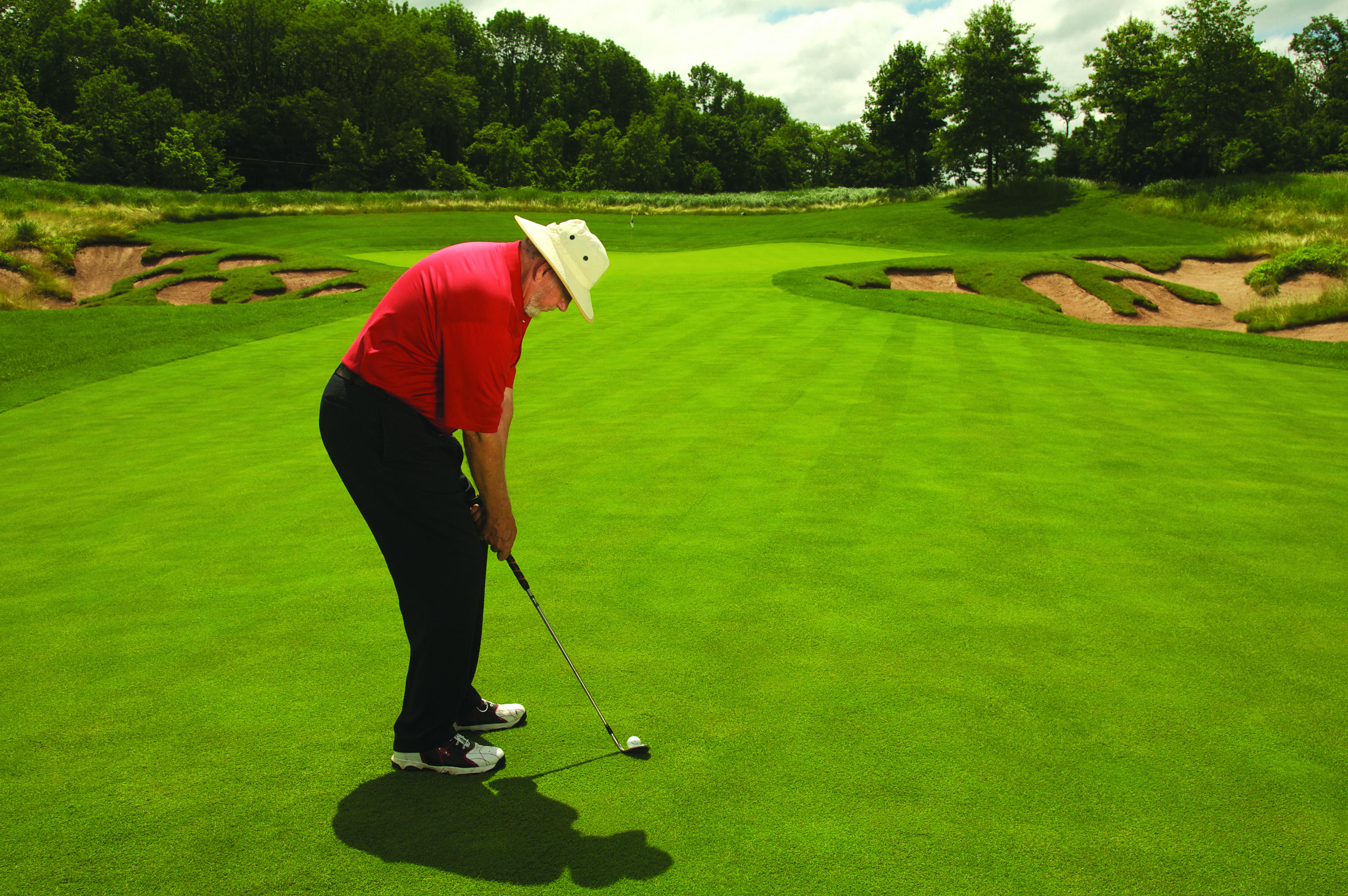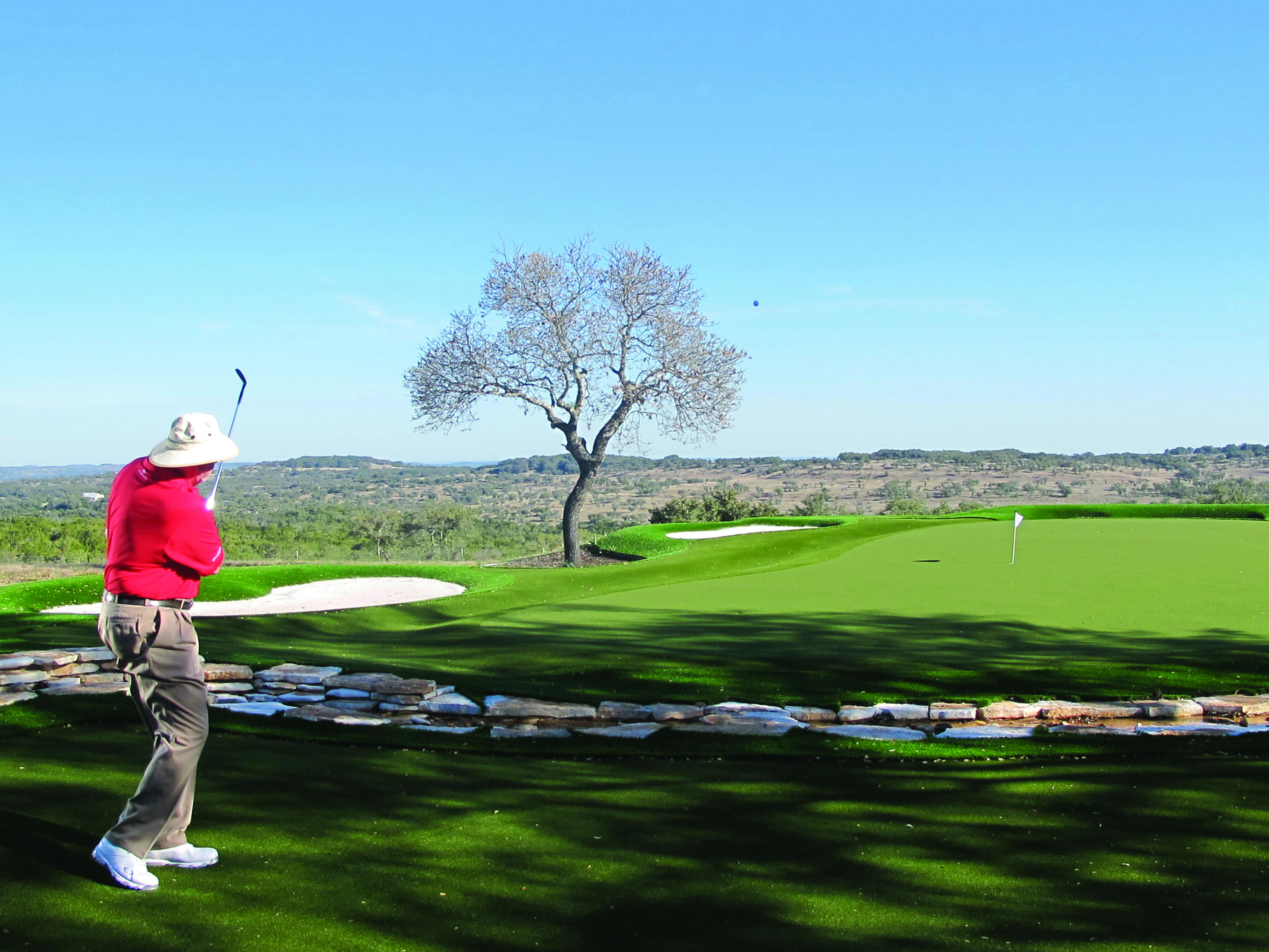Read your chips just like you read your putts
By Dave Pelz
Chips and pitches are unique among golf shots in that they often cover as much (if not more) real estate while rolling on the ground as they do while flying over it. By comparison, a drive might soar 250 yards and roll all of 20 feet. Same with approach shots — if you hit the green, the roll that follows usually only hurts or helps a little. But when it comes to chips and short pitches, unexpected roll or a lack of it can turn even a perfectly struck shot into a card killer.

For example, take a 70-foot greenside chip, a shot that you probably face every round. With a small 6-iron swing, I can get the ball on the green with ease. Heck, I could do it blindfolded, and so could you! But if I worry only about the carry without also focusing on the roll, I’m liable to leave the ball well above the hole, or to roll it off the green.
Although too few players do it, reading the “ground” half of your short-game shot is critical. The funny thing is, if you were going to putt the ball from the same lie, you’d read it like you were in the Masters: You’d crouch, calculate how far left of the tier’s edge you need to start it, then locate the precise spot where the ball would slow to a crawl, turn right, and roll toward the cup. Just because you’re chipping doesn’t mean you shouldn’t read the shot like a putt, because it will spend most of its time rolling like a putt.
Great short-game players visualize every shot. Not part of the shot — all of it. Also, great players pay as much attention to the rollout on their chips and pitches as they do to their putts. The secret to getting it close? Focus on the second half of the shot.
HOW TO READ YOUR CHIPS
 Read the green before your chip so you’ll know how the ball will react when it hits the ground.
Read the green before your chip so you’ll know how the ball will react when it hits the ground.
I use this practice drill constantly for chips and short pitches. Before setup, walk to the hole while visualizing the ball’s last 10 feet of roll, which is when the ball breaks the most. Lay your driver along the fall line, the line running from the high side of the hole to the low side. Why? This visual helps you judge the break — in this case, it’s left to right. Next, choose a landing spot based on your image of the roll, and use the fall line as your guide. Then simply chip the ball onto the green. If you hit your spot, the ball will roll close, much like a good lag putt.
Read the rollout on chips and pitches just like you do on putts. Let your driver reveal the fall line, helping you better visualize the break.
Pick the landing spot that matches your read, then hit it. Assess both halves of your shot — if you don’t, you could miss the hole by miles.
